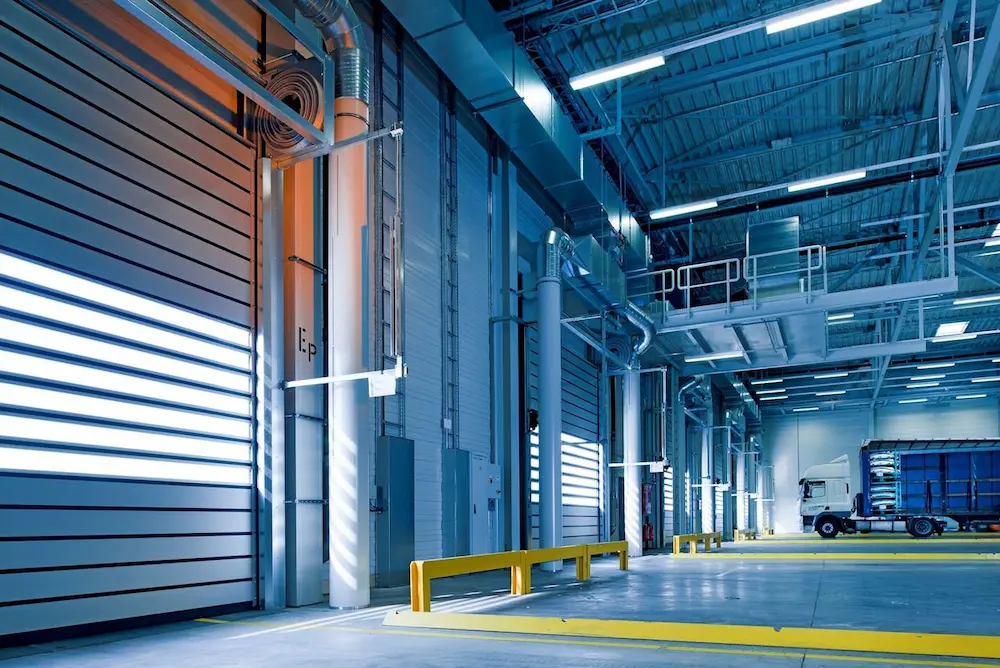Warehouse operations have undergone a seismic shift in recent years as technology has infiltrated every corner of logistics. With consumer expectations soaring and the e-commerce sector booming, efficiency and accuracy are no longer just goals — they are necessities. This blog post explores the ways cutting-edge tech is revolutionizing warehouse functions, from inventory management and order picking to last-mile delivery. We’ll examine how budding technologies like robotics, IoT, and AI are not just making tasks easier but also significantly more efficient. Join the digital revolution and future-proof your logistics operation.
A Robot on Every Aisle: Automating for Agility
Nowadays, robots can be found working alongside human employees in warehouses across the globe. Imagine using robots in your warehouse to handle inventory and orders. This isn’t a scene from a sci-fi movie; it’s the new normal. Robotics in warehousing isn’t just about large, autonomous machines whizzing through aisles. It’s a mosaic of small, specialized bots that can handle intricate tasks at scale. Automation through robots doesn’t just mean faster processing and reduced errors; it frees up human labor for more cognitively challenging work.
The Role of Collaborative Robots (“Cobots”)
Collaborative robots, or “cobots,” are reshaping the warehouse ecosystem. Unlike traditional robots that operate in cages away from human workers, cobots are designed to work alongside their human counterparts safely. These intelligent machines can assist with a range of tasks, from lifting and transporting heavy loads to intricate packing. Their arrival on the scene offers a glimpse into a future where human expertise and machine precision seamlessly coalesce.
Automating the Mundane with Autonomous Mobile Robots (AMRs)
Autonomous mobile robots are the unsung heroes of efficient warehouses. With sophisticated sensor arrays and artificial intelligence, AMRs can independently pick orders, replenish stock, and conduct inventory checks. Their flexibility means they can be rapidly reprogrammed as per changing needs. Warehousing, once reliant on manual labor for routine tasks, now benefits from the consistency and speed offered by AMRs.
The Internet of Things (IoT) in Warehousing
The Internet of Things is connecting the various components of the warehouse like never before. IoT devices can gather and transmit data that gives a real-time view of inventory levels, equipment status, and environmental conditions. This not only prevents stockouts and reduces wastage but also anticipates and resolves equipment maintenance issues before they become full-blown problems.
Sensors and Beacons for Smart Inventory Management
Sensors and beacons are becoming the eyes and ears of the warehouse. By attaching these devices to various items of stock, warehouses can maintain a live map of their inventory. When an item is running low, a signal is sent to the restocking department, ensuring that popular products never go out of stock. Conversely, slow-moving items are identified, preventing overstock and stagnation.
Harnessing Data for Predictive Maintenance
IoT devices in warehouses extend beyond inventory management. They play a crucial role in predictive maintenance. By tracking the performance of equipment, such as forklifts and conveyor belts, these devices can alert teams to potential issues well in advance. This proactive approach to maintenance not only enhances worker safety but also prevents operational downtimes that can be costly in a fast-paced logistics environment.
Artificial Intelligence (AI) and Machine Learning (ML) Optimization

Artificial intelligence and machine learning are the brains behind many of the technological advancements in warehousing. These technologies can process huge amounts of data to optimize operations in ways that were previously unimaginable.
The Efficiency of AI in Inventory Forecasting
Inventory forecasting powered by AI is a game-changer. By analyzing historical data, market trends, and even weather patterns, AI algorithms can predict demand with unprecedented accuracy. This insight enables warehouses to stock items in anticipation of customer needs, reducing the time it takes to fulfill orders and, ultimately, enhancing customer satisfaction.
ML for Dynamic Slotting and Routing
Dynamic slotting and routing are essential for an agile warehouse. Machine learning algorithms can continuously analyze order patterns, item size, and the frequency of handling. With this data, they reorganize the storage layout of the warehouse to minimize travel time for workers and robots alike. The result is a finely tuned machine that maximizes output with minimal wasted effort.
The Future of Warehousing
The advances we’re seeing today are just the beginning. As technologies continue to mature, we can expect even more integration and optimization throughout the warehousing process. From predictive AI that preempts customer orders to the use of drones for time-sensitive delivery, the future of warehousing is as exciting as it is efficient.
The integration of technology with traditional warehousing practices is essential for keeping up in a rapidly evolving market. By understanding and implementing these technologies, warehouses can ensure they remain at the cutting edge of logistics, ready to meet the demands of the modern consumer. It’s time to unlock the full potential of your warehouse through tech — the future is now.








